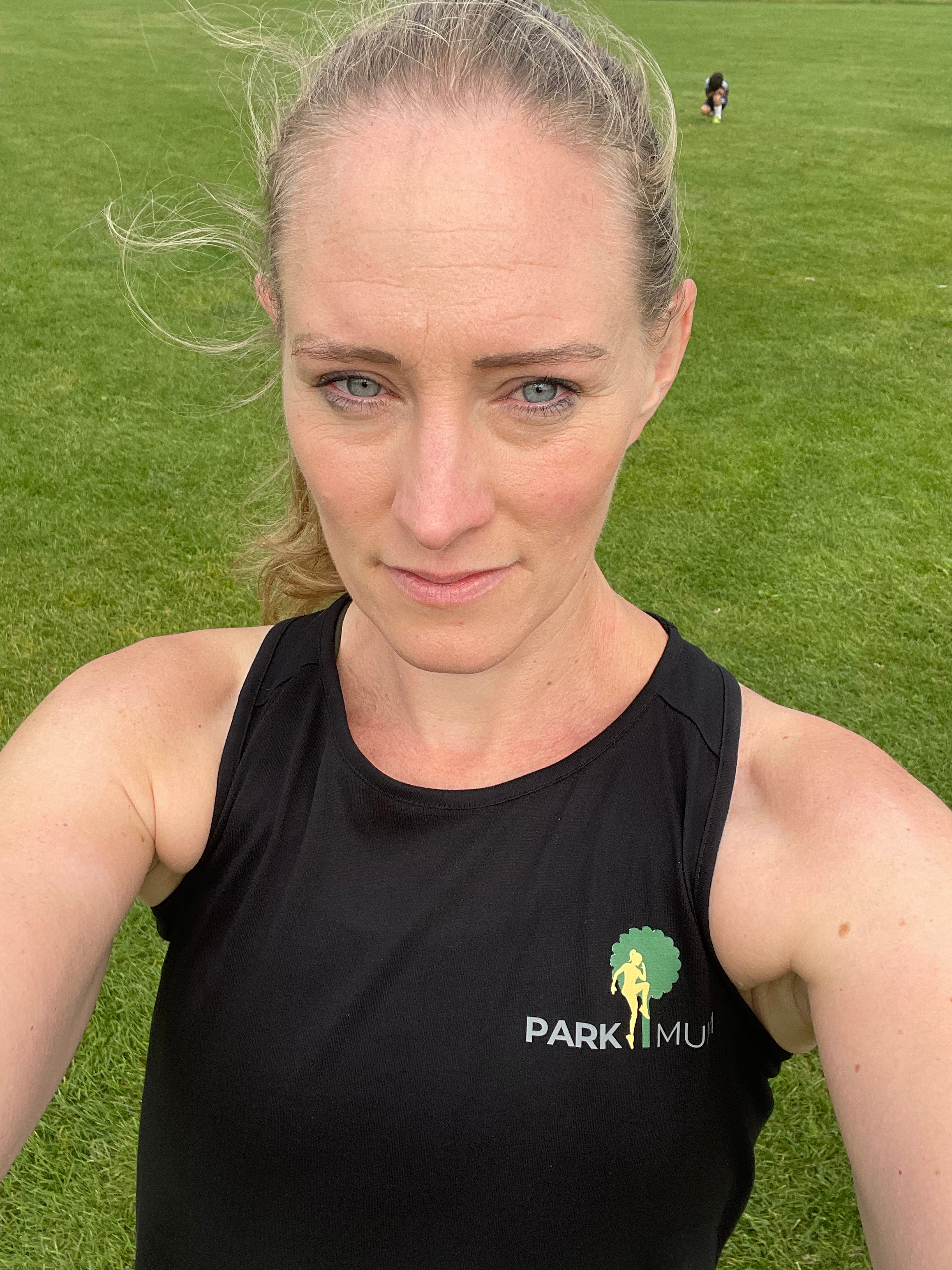Resolutions
- Becky Parkmum

- Dec 31, 2020
- 3 min read
I am not a massive fan of resolutions and the cliché of starting a fresh in January. In the first few years of motherhood, life is difficult enough without having to re-define a ‘new you’. We often feel pressure to write a whole list of things to complete which neither serve our best interest or any meaningful purpose. A global pandemic complicating life at the best of times and just magnifies these pressures. For many of you, the things you had planned for your maternity leave have been put on hold or been forced to change along with the “key firsts with babies” such as swimming, coffee mornings, play groups, soft plays etc. However, as a personal trainer, where a client comes with a goal, I often try to re-direct the intent, with an appropriate plan of action, sensible monitoring and realistic targets.

The most popular resolutions are to eat better, exercise more, stop/reduce drinking or to lose weight and on average 80% of New Year's resolutions fail before the end of January. The key to setting realistic resolutions is to aspire towards a few, small goals over the course of the year and it is better to break the year up and start with the first 3 months then add or alter in the following 3 months and add to these throughout the year once the first task is already “in the bag”. It can take anywhere from 18 to 254 days for a person to form a new habit and an average of 66 days for a new behavior to become automated. Some habits are easier to form than others, and some people may find it easier to develop new behavior's. There’s no right or wrong timeline. The only timeline that matters is the one that works best for you. If you fail for one day then success is letting it go and getting back on it the following day. My advice would be not to make unrealistic weight goals: for example, to lose 20 - 40 pounds over the year. Instead, setting realistic goals to make better eating decisions or simply add a portion of fruit or extra veg to every meal, is likely to provide a more sustainable long-term platform. I have seen many clients lose 20 – 40 pounds, only to see them put back 40 – 60 pounds to their frustration. For exercises goals, a 20-minute lifestyle-based walking requirement every day or power walk up the hill with 10 push-ups a day is a great way to start. Once these become habit, that is the time to up-the-intensity.
Setting goals

In the personal training world, we are taught to set S.M.A.R.T goals, which stands for specific, measurable, achievable, relevant and time-bound. I will show you an example of my goal. To get strong enough to complete 10 full push ups with full range of motion for my first goal and build up to 20 without stopping.
Specific: To complete 10 full Push-ups easily without stopping with full range of motion and good technic (not flaring the elbows out, 45-degree arms, keep body straight) by February 1st 2021. To then build on that to 20 by May 1st 2021.
Measurable: Yes - Counting the reps and getting a full range of motion as at the moment a full press up is a struggle: I can easily get 10 reps of half press ups.
Achievable: Yes - I will slowly increase half push-ups first to increase my arm strength, then add in a few full push-ups at the start and slowly add the number of full pushes up to my first target of 10. (I can at the moment comfortably complete 18 half press up before my technique falters).
Relevant: Yes
Time: Time to complete 10 half press ups is less than 1 minute so achievable in any given day and easy to work around other daily life requirements as I slowly increase my reps. Limiting time spent to 2 minutes a day ensures that I cannot make an excuse as I definitely have this time available in my day, but if I do miss a day, I will get straight back on it when I can.
Note: My other half’s aim links similar push-up reps to the start of every Microsoft Teams work call: let’s see if he manages it. Make you goals relevant to you and use the S.M.A.R.T goals.






Comments